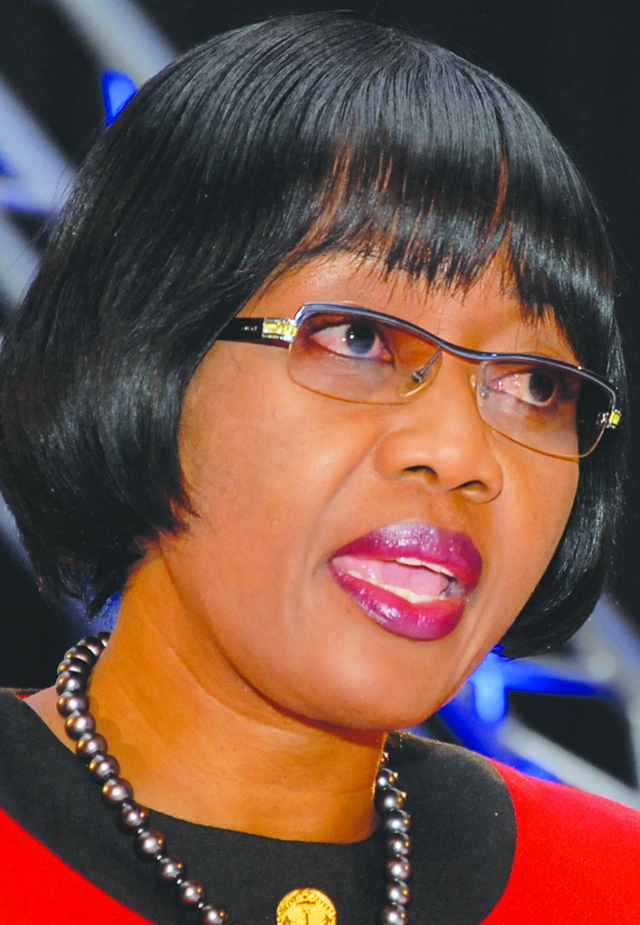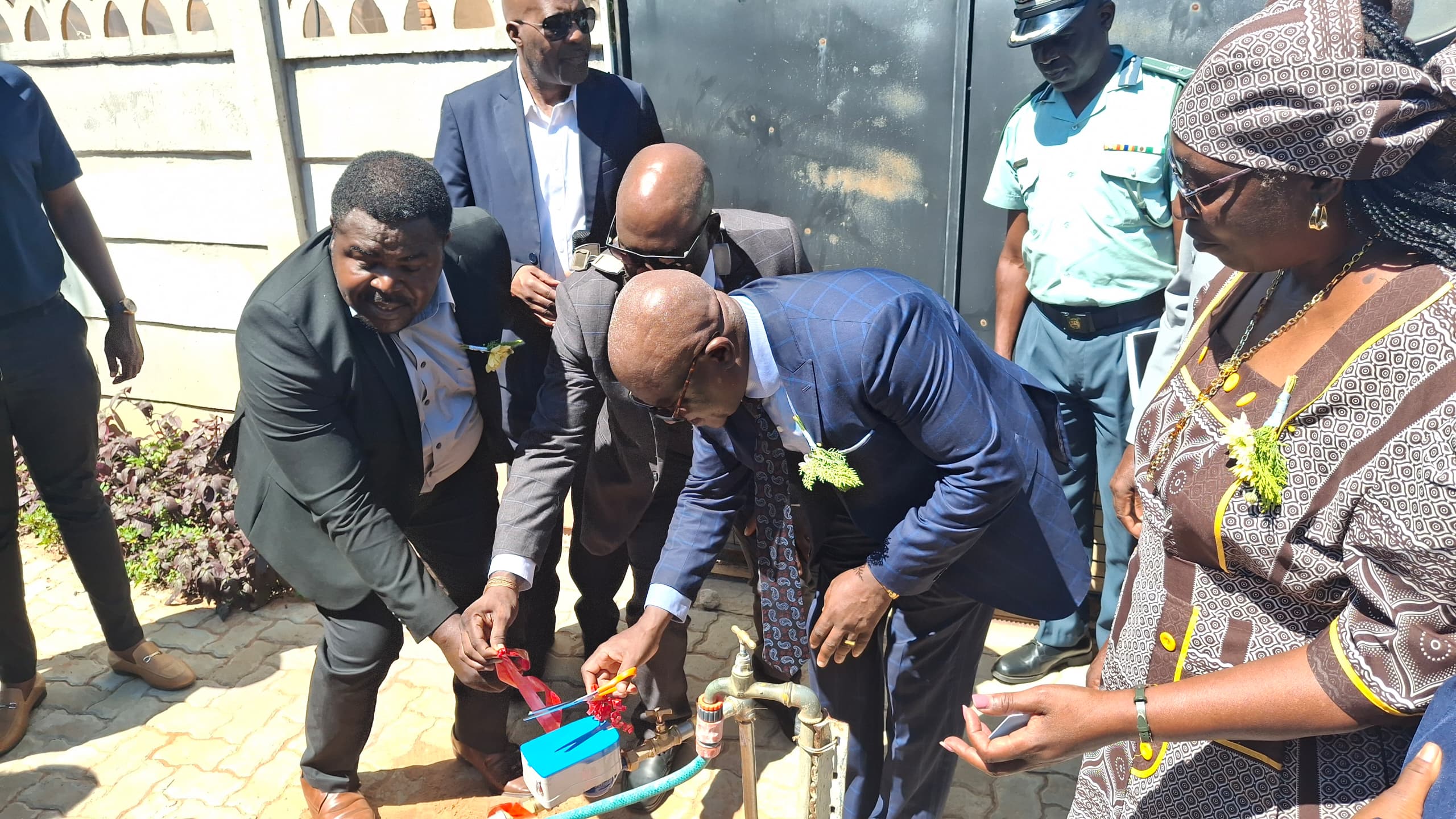THE Government, which has already tested the international debt markets with the insuance of bonds in Europe in 2011 and South Africa in 2012 could well issue new bonds but Minister of Finance, Saara Kuugongelwa-Amadhila said in an interview on Monday that new bonds are more in the long-term than in the immediate future.
In 2011, Namibia issued its first ever sovereign debt 10-year Eurobond, worth US$500 million, which was over subscribed. In 2012, the government issued a 10-year bond worth N$850 million in South Africa and this was also the first time such a bond had been issued by the government in that country.
The Eurobond has brought Namibia into the positive spotlight with investors showing a lot of interest in the country. In line with this interest, Kuugongelwa-Amadhila was scheduled to speak at the Third Africa Debt Markets Summit in London organised by the Bloomberg London this week. She said she had to cancel this engagement because it coincided with a meeting of the SACU Council of Ministers.
“We may have to return to the international markets at some time when the bonds mature,” she said although she highlighted this was looking into the future.
She said Namibia being invested to international debt conferences showed that investors are curious to know more about the country, which she said was better managed fiscally and politically than most of its African peers.
Notwithstanding the international interest, Kuugongelwa-Amadhila said the government plans to borrow most of its debt from the domestic market. She said this is meant support the growth of the domestic debt market and not over-expose the country to international debts.
She said there is no need to be concerned about public debt in relation to the GDP as the government had planned for public debt to grow for about four years.
“This is not a mistake this was meant to consolidate the economy after the world recession and to create jobs,” she said. the creation of jobs is part of the three-year TIPEEG project that is meant to increase government spending on public works projects. The minister said the debt will not grow more than 34 percent of GDP.
She said despite the current drought, which is expected to slow the growth of the agriculture sector, the weak Namibian dollar is expected to boost the tourism industry.
The summit in London will be the third on the African debt market. The first two summits focused on understanding the framework of African debt capital markets, getting to know the biggest players and creating a platform for issuers to meet investors.
The third summit will go another step further into a more in-depth discussion on how to develop debt as a viable financing option for African sovereign and corporate actors and how a range of products – such as Islamic bonds, diaspora bonds and infrastructure bonds – have contributed to diversifying African debt markets.
Recently countries have been listing bonds in Europe. Rwanda recently issued a statement that its debut US$400 million Eurobond issued at the Irish Stock Exchange in April this year will secure investors’ confidence by using the funds for sound economic investments. In May, Morocco reported satisfaction at having raised US$750 million in a two-part reopening of its bond. Ghana has recently announced plans for a Eurobond worth up to US$1 billion to refinance debt and fund infrastructure projects. Zambia last year issued a US$750 million Euro bond.
Stay informed with The Namibian – your source for credible journalism. Get in-depth reporting and opinions for
only N$85 a month. Invest in journalism, invest in democracy –
Subscribe Now!










